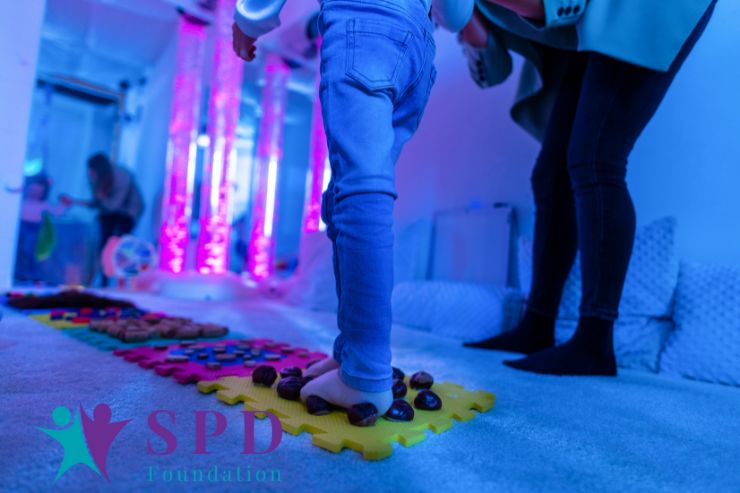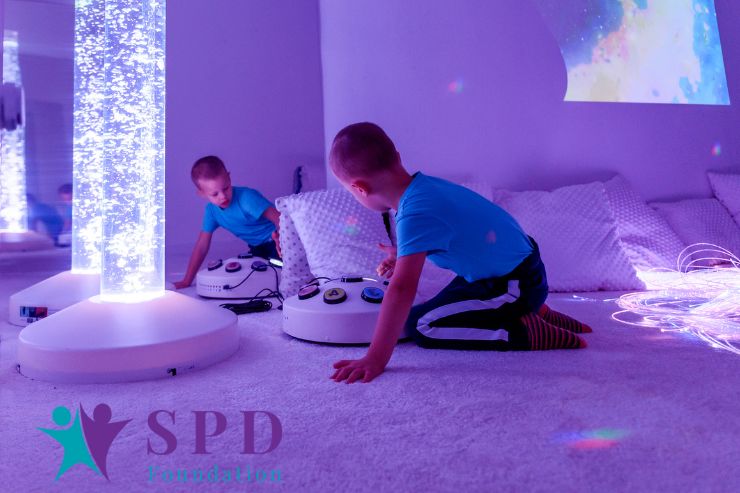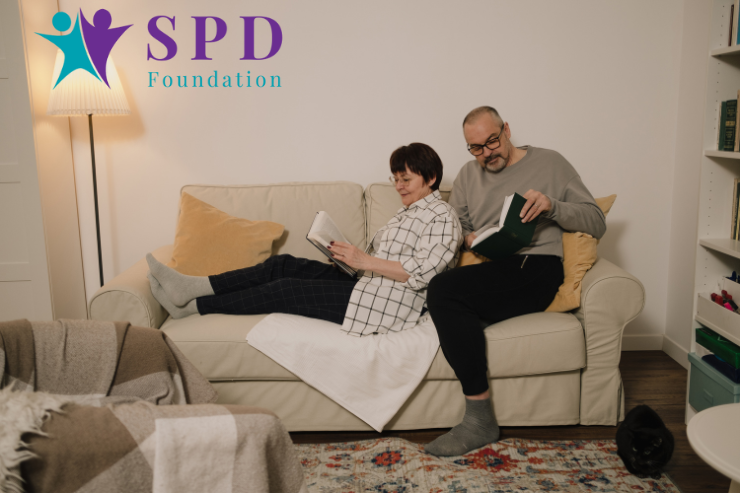Our role as parents is to ensure that we understand and support our children in every aspect of their lives. However, there are times that we have to dig deeper, such as when a child has Sensory Processing Disorder (SPD).
With so many children and adults being diagnosed with Spectrum and other environmental disorders increasing each year, more information and help are available to families than ever before.
Whether you want to start your journey through an SPD diagnosis with a simple audio test at Hear Canada or talk to your pediatrician about SPD, you will find the help you need to support your child.
Let’s take a closer look at a broader description of SPD, the signs and indications to look for in your child, and how to get the diagnosis and treatment you need.
The Growing Prevalence of SPD

With the rise in diagnoses of Spectrum and other environmental disorders, more information and support are available for families. Whether you’re starting with an audio test at Hear Canada or consulting your pediatrician, there’s help available to guide you in supporting your child.
SPD, or Sensory Integration Dysfunction, affects how the brain processes sensory information from the world around us. It can overwhelm individuals with sensory input that others might easily ignore or adapt to, causing significant challenges.
- Symptoms of SPD: Hypersensitivity to touch and sound, motor coordination issues, and self-regulation challenges are common. These symptoms can interfere with daily activities like dressing and brushing teeth. Early diagnosis and intervention are key to helping children reach their potential.
Recognizing Symptoms and Signs

SPD manifests differently for each child, but some common signs include:
- Over-Sensitivity (Sensory Avoidance): Extreme responses to sensory stimuli like loud noises, bright lights, and strong smells. Children may be overly anxious or fearful and avoid these stimuli, showing low pain tolerance or difficulty sleeping.
- Under-Sensitivity (Sensory Seeking): Some children seek excessive sensory input, engaging in repetitive behaviors and craving intense sensations. They may be impulsive, have a high pain tolerance, and be easily distracted.
Children with SPD often struggle to distinguish sensory information, affecting their focus, instructions following, and social interaction abilities. This impacts daily activities, schoolwork, and motor development.
Treatment and Support

Supporting children with SPD involves tailored strategies and therapies, such as:
- Sensory Integration Therapy: Working with an occupational therapist to create a program that helps the child develop sensory processing skills through controlled sensory input.
- Environmental Adjustments: Creating a calm and predictable environment, reducing distractions, and providing sensory-friendly resources at home and school.
- Sensory Diet: A schedule of activities tailored to provide the right sensory input throughout the day, including sensory breaks, activities, and tools like fidget toys and weighted blankets.
- Educational Support: Maintaining communication with educators to provide insights into the child’s sensory challenges and suggest helpful strategies and accommodations.
- Parent Education and Support: Understanding SPD through education and seeking support from professionals or groups can provide valuable insights and a sense of community.
Recognizing SPD’s impact on a child’s life is vital in supporting their well-being. By understanding their unique sensory needs and making appropriate adjustments, you can help your child navigate the world more comfortably.







